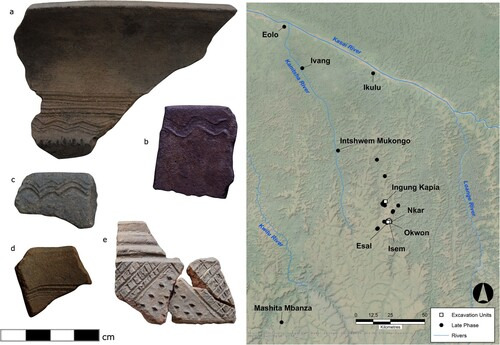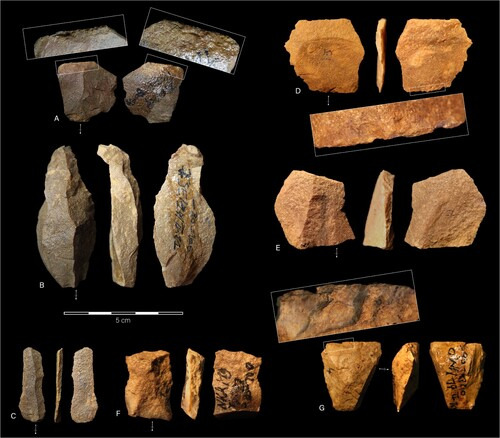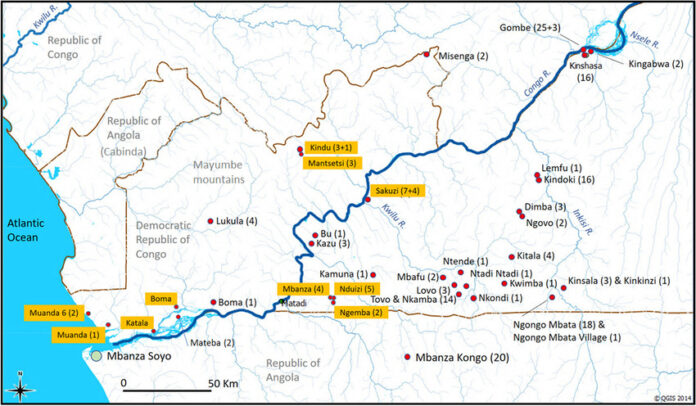When people think of African empires, names like Mali, Songhai, or Great Zimbabwe usually come to mind. Yet deep in the heart of Central Africa, in the vast Congo Basin, once flourished a series of Iron Age kingdoms that have almost slipped through the cracks of history. Their story is one of innovation, migration, and survival, hidden beneath centuries of forest canopy and overshadowed by better-known civilizations.

Archaeologists believe that around 1000 BCE, communities in the Congo Basin began experimenting with iron smelting, making them among the earliest metallurgists in sub-Saharan Africa. Evidence from sites in modern-day Democratic Republic of Congo and Republic of Congo shows that these societies mastered iron furnaces and slag-pit technology long before similar techniques spread across Europe. This was no small feat. Producing iron required precise knowledge of heat control, ore selection, and craftsmanship—skills that transformed the way these communities farmed, hunted, and defended themselves.
What is often forgotten is how iron technology shaped political power. The kingdoms that emerged—such as the Kongo Kingdom, the Tio kingdom of the Teke people, and smaller regional polities—did not just use iron for tools. They used it to symbolize authority. Chiefs and kings controlled access to blacksmiths and iron production, turning metal into both a weapon of war and a currency of prestige. In some communities, iron blades and hoes were exchanged as dowry, meaning wealth was literally forged in fire.
Unknown to many, the Congo Basin’s dense rainforests were not a barrier but a lifeline. These Iron Age kingdoms created intricate trade routes, using rivers like the Congo and Ubangi as natural highways. Goods such as iron implements, raffia cloth, ivory, and even dried fish traveled across astonishing distances, linking the Congo Basin to Central and East Africa. Some scholars argue that the spread of these trade networks helped fuel the later rise of the more centralized Kongo Kingdom, which by the 14th century had established itself as one of Central Africa’s most powerful states.

The archaeology of the region continues to reveal surprises. Recent excavations have uncovered advanced furnaces capable of reaching temperatures over 1,200°C—evidence that these ancient metallurgists were experimenting with techniques comparable to those in the Mediterranean. In fact, some researchers believe that the Iron Age in Central Africa may have developed independently rather than being imported from elsewhere, a theory that challenges long-held assumptions about Africa’s technological history.
But why are these kingdoms forgotten? Part of the reason lies in the environment itself. The humid conditions of the Congo Basin degrade organic remains, leaving little physical evidence compared to arid regions like Egypt or Mali. Oral traditions preserved fragments of their history, but European explorers and colonial administrators often ignored or dismissed them. The result: entire centuries of Central African history are still written in silence.
Yet the legacy of the Congo Basin’s Iron Age kingdoms endures. Many cultural practices tied to ironwork—ritual blacksmithing, symbolic use of iron in ceremonies, and reverence for iron tools—still echo in local traditions today. For the people of the region, iron was more than a material; it was spiritual, embodying the power to create and destroy, to sustain life and to wage war.

